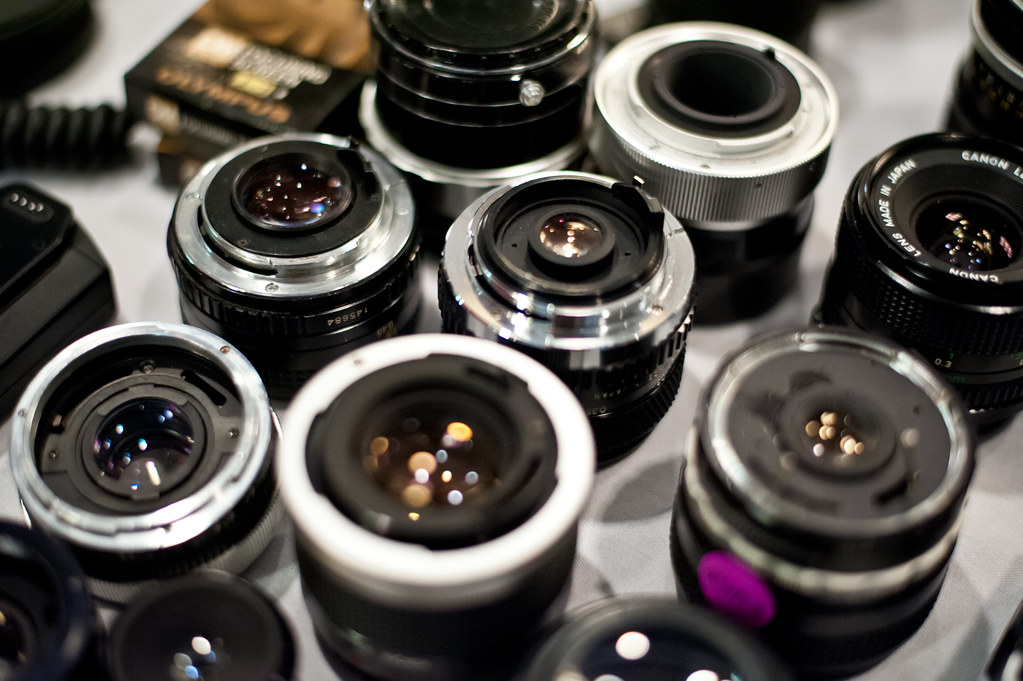07
2013Lens Types: Zoom or Fixed Focal Length
A Little Class Itinerary Note
We’re coming up on a half year of working through this class! I find that hard to believe!
I’m extending your Storytelling with Images “due date” until Friday, May 24th. Again, due dates are relative because this is totally a jump right in wherever you are sort of class. So jump right in. But I’ll be featuring all of my students again on Tuesday May 28th. So if you’d like to be featured then put your assignments into the Quiet Graces Free Beginner’s Photography Class Flickr Group on or before Friday, May 24th 🙂
There will be no assignments for the next three weeks to give you time to finish this super intense Storytelling with Images series. If you’ve finished all the assignments, go back and revisit the assignment that challenged you the most. I always enjoy redoing some of these key assignments.
For the next three weeks, we’ll have three short posts on Camera Lenses. All will be simply informative to give you time to finish up and to give me time to dive into writing June’s series on shooting in Manual Mode and another super secret writing project that has nothing to do with photography but will likely be announced the last week in May as well.
A few questions for you to answer in the comments as I plan/write manual mode lessons: How is program mode working for you? What has been hard about it for you? Have you got a good handle on using program mode and thinking about exposure compensation? Do you have any program mode questions before we dive into manual mode?
Any questions other questions, class? If so, jump into the comments. If not, let start getting a little information on lenses.

Image Courtesy KayOne73 on Flickr
What Are the Main Lens Types?
There are two different types of lenses on the market today: zoom lenses and fixed focal length (or prime) lenses. Most of us are familiar with zoom lenses since this is what usually comes installed within Point and Shoot Cameras or as part of a beginner DSLR kit. Yet, most beginner photographers are unaware of prime fixed focal length lenses. In this post I’ll define and do a pro/con comparison of zoom and prime lenses. I want you to know offhand that I am most definitely a prime lens girl, I’ll try to be unbiased in the pros and cons 🙂 Know that almost every photographer prefers one over the other and that it’s totally okay to do so!
Zoom Lenses
A zoom lens is probably the lens most find familiar. Almost all DSLR camera kits come with a zoom lens and most Point and Shoots are also equipped with zoom lenses. The photographer manually manipulates the lens to decide how much of the scene they will capture. On a DSLR you change the focal length by twisting the lens in and out. On a Point and Shoot, you usually have a button control that zooms in our out. We’ll define focal length a bit more in our next lesson, but for now know that the zoom lens has a variable focal length which changes the amount of the scene we can capture.
Pros of a Zoom Lens
- Able to capture a scene in multiple ways as you ‘zoom in’ closer to the action
- Can be used for work that requires multiple focal lengths without changing your lens. For instance, you can photograph both the just the bride and groom kissing as well as the entire wedding party without switching lenses.
- You don’t have to switch lenses for different situations. For instance, if your living room is small my 50mm might put me too close to your kids to capture both of them playing at the same time. Because I use prime/fixed focal lenses, I will have to switch lenses to capture both kids playing. While you, using a zoom lens, will just zoom out.
- Less gear to carry around your bag. A 18-55 or 70mm and a 70-200mm zoom will cover most any situation the average photographer comes. While in prime lenses I would need an 18mm, 35mm, 50mm, 85mm, 100mm, and 200mm lens to cover the same range!
- Carrying less gear means even if you buy quality fast f/2.8 zooms you might spend less than a prime lover whose goal is to cover the same range of focal lengths.
- In general, a zoom lens is typically cheaper than prime lenses unless you’re buying a quality fast f/2.8 zoom lens.
Cons of a Zoom Lens
- Heavy. I know a few wedding photographer friends who have developed carpal tunnel syndrome from carting around 70-200mm lenses.
- Things are not as sharply focused as a prime lens. Because they are more complicated to manufacture, zoom lenses often have a range that is most sharp. For instance on an 18-55mm lens, the 30-40mm range will most likely produce the sharpest images.
- Can be very expensive if you want a ‘fast’ lens with an aperture of f/2.8
- If they don’t have a higher aperture of f/2.8, you may find yourself needing to use flash in a darker building to both freeze the action or capture the scene.
- Tempt a photographer to stay in one place rather than move around to frame a shot because the photographer thinks “they can just zoom in.” This can stifle creativity if the photographer isn’t careful.
Fixed Focal Length Lenses (or Prime Lenses)
Prime lenses do not zoom. Using a prime lens is sort of like looking through a magnifying glass: to see the object closer you move the glass closer. With prime lenses you will “zoom with your feet.” At first, moving around to zoom is an unusual or inconvenient situation, but it also helps me to focus on getting the best composition. Some people love primes and some people hate them. It all depends on what and how you like to shoot.
Pros of Prime Lenses
- Lightweight. An 85mm prime lens is way lighter than the 70-200mm zoom that covers the 85mm range.
- Typically produce sharper images than their zoom counter parts.
- Primes are generally better for low light because their widest apertures are wider than zoom counterparts. You can purchase primes with apertures of f/1.2 and it’s hard to find a zoom with an aperture greater than f/2.8
- You can select a focal length specific to the subjects you enjoy most. If you want to photograph scenic vistas, you’ll be snatching up a prime in the 14-28mm range. If you photograph people, you’ll pick between a 50mm or 85mm lens. If you love macros, you’d grab a prime 60, 90, or 100mm macro. Specialty is a strong point with primes.
- You are forced to “zoom with your feet” with a prime lens. This can promote more creativity in image composition because you are unable to stay in one place and zoom in.
Cons of Prime Lenses
- Can be expensive. A prime lens with an aperture of f/2.8 or wider generally costs more than a ‘slower’ zoom lens.
- To cover the whole range that a zoom lens covers you’ll likely have to spend as much if not more than the cost of buying one quality fast f/2.8 zoom. Buying an 18mm, 35mm, and 50mm zoom lens with fast apertures will be way more expensive than a single 18-55mm f/2.8 zoom.
- Super fast primes of f/1.4 and f/1.2 are incredibly expensive.
- You’ll need to purchase and carry more prime lenses if you shoot a huge variety of subjects (macro insect shots, panoramic zoom scenes, and portraits for instance).
- You can’t zoom in without moving your body. This takes some getting used to… but it’s also a huge pro (see above).
How Do these Lens Types Apply to Point and Shoot Users?
If you’re using a point and shoot camera you could have either a Prime Lens or a Zoom lens just like the rest of us. But Point and Shoots get a little confusing because they may also have “Optical Zoom”.
Here’s the short story.
- Your camera has a prime lens if you don’t see the lens on the outside of your camera moving in and out as you zoom.
- Your camera has a zoom lens if you do see it moving in and out as you zoom in.
- If your camera has Optical Zoom that does not mean it has a zoom lens. It means your camera has the ability to crop your image before you release the shutter.
- My phone camera is a fixed focal length lens with optical zoom. My first digital point and shoot had a zoom lens that when you zoomed all the way in also had a “6x Optical zoom” feature that cropped the image in camera even more.
- When you enter the optical zoom zone of your camera, remember that your image quality is going down just as if you cropped the image afterward in photo editing software. So if possible, get closer to your subject rather than use optical zoom.

